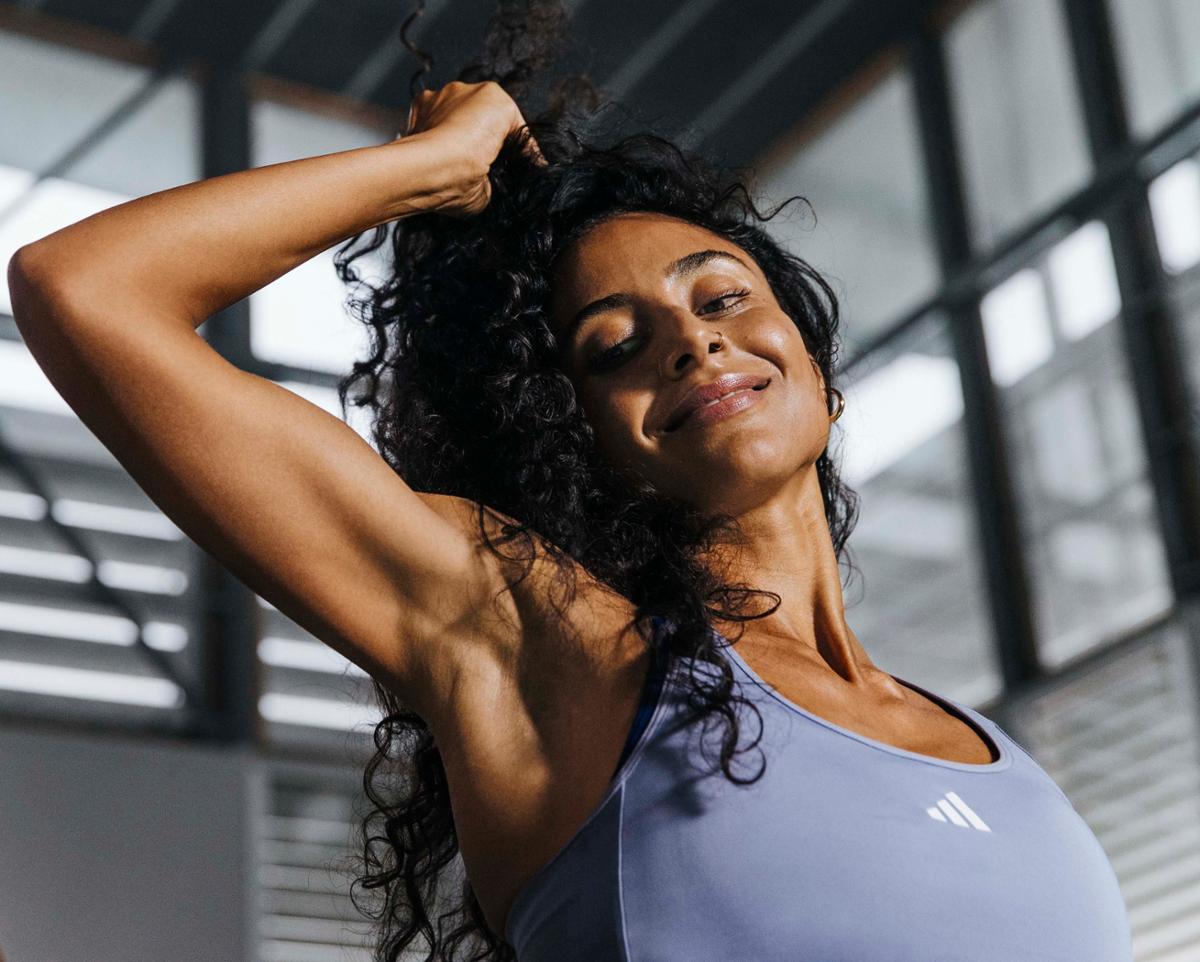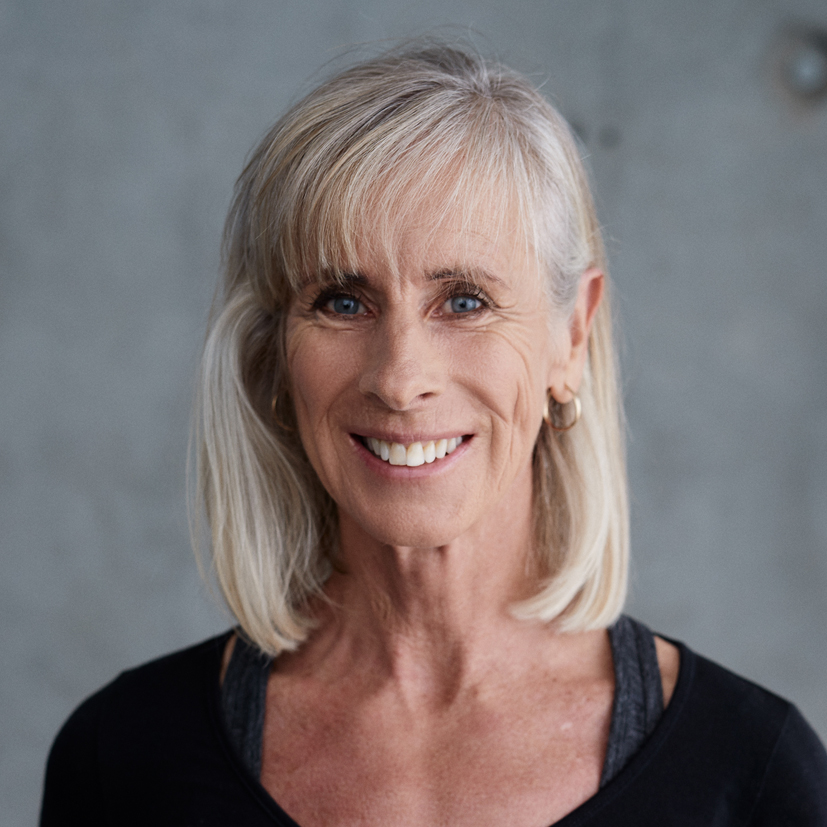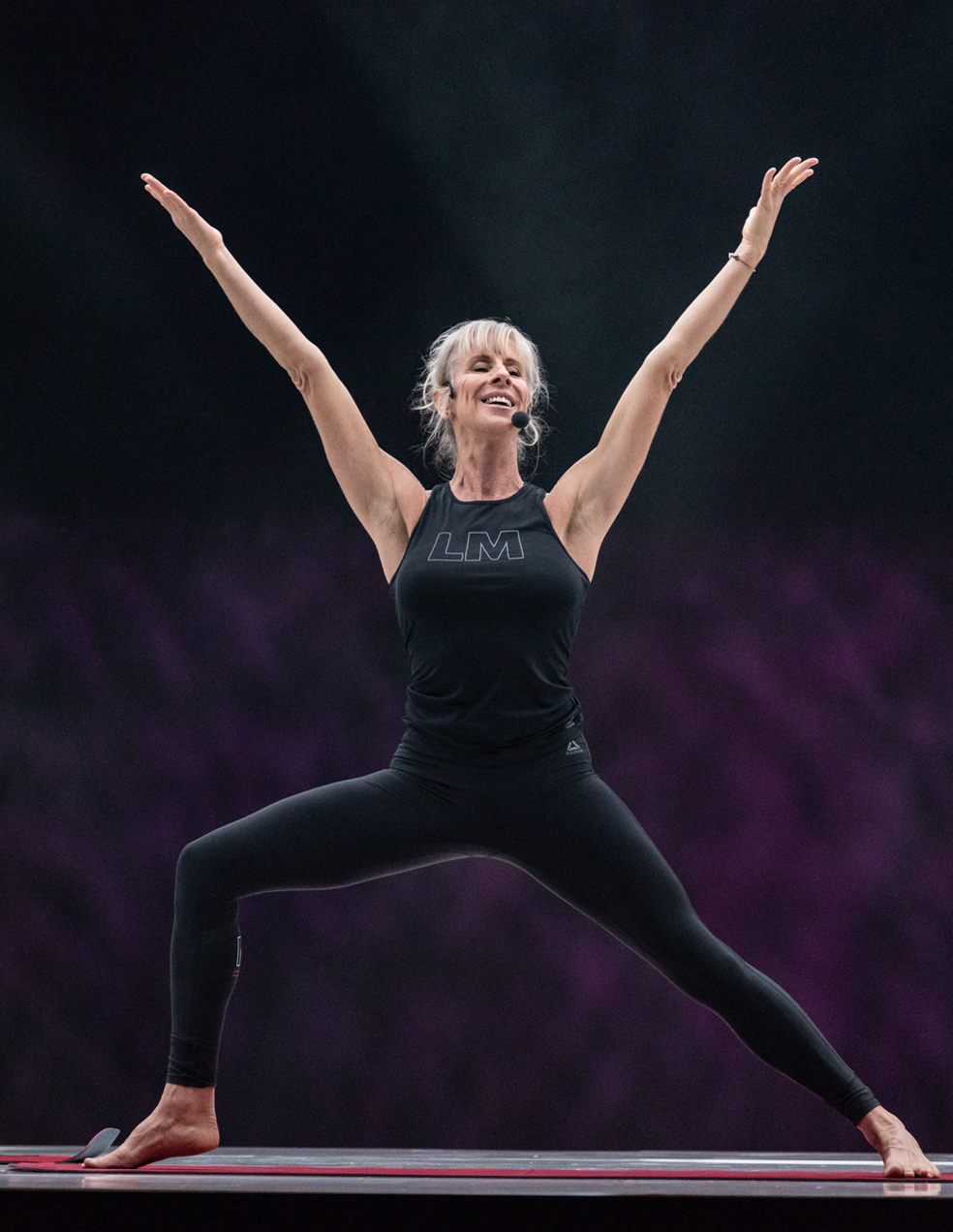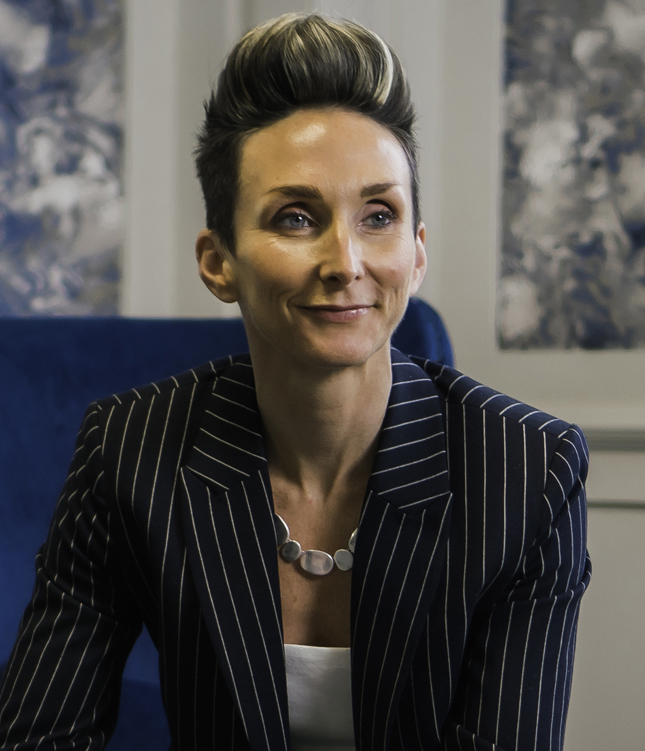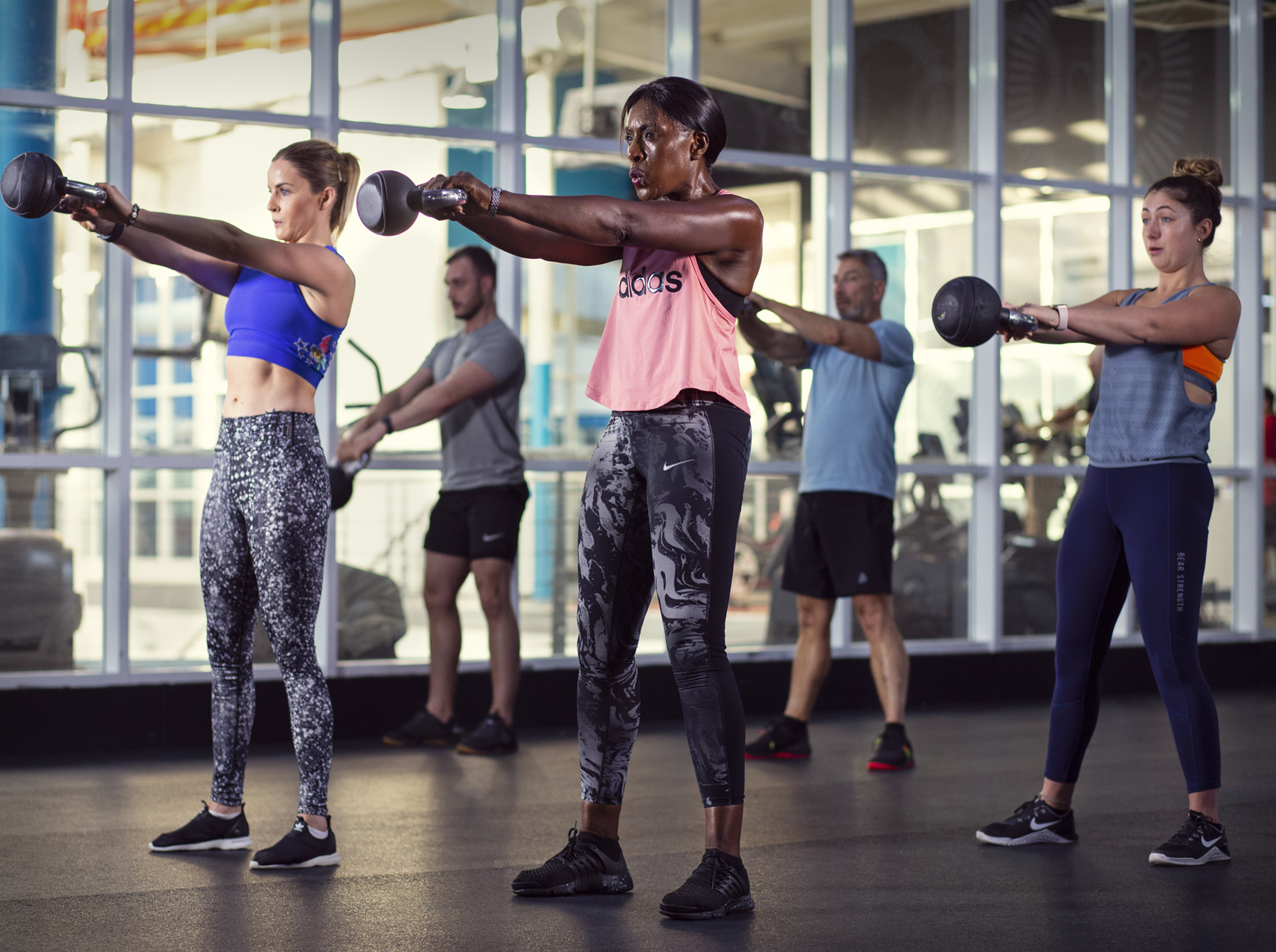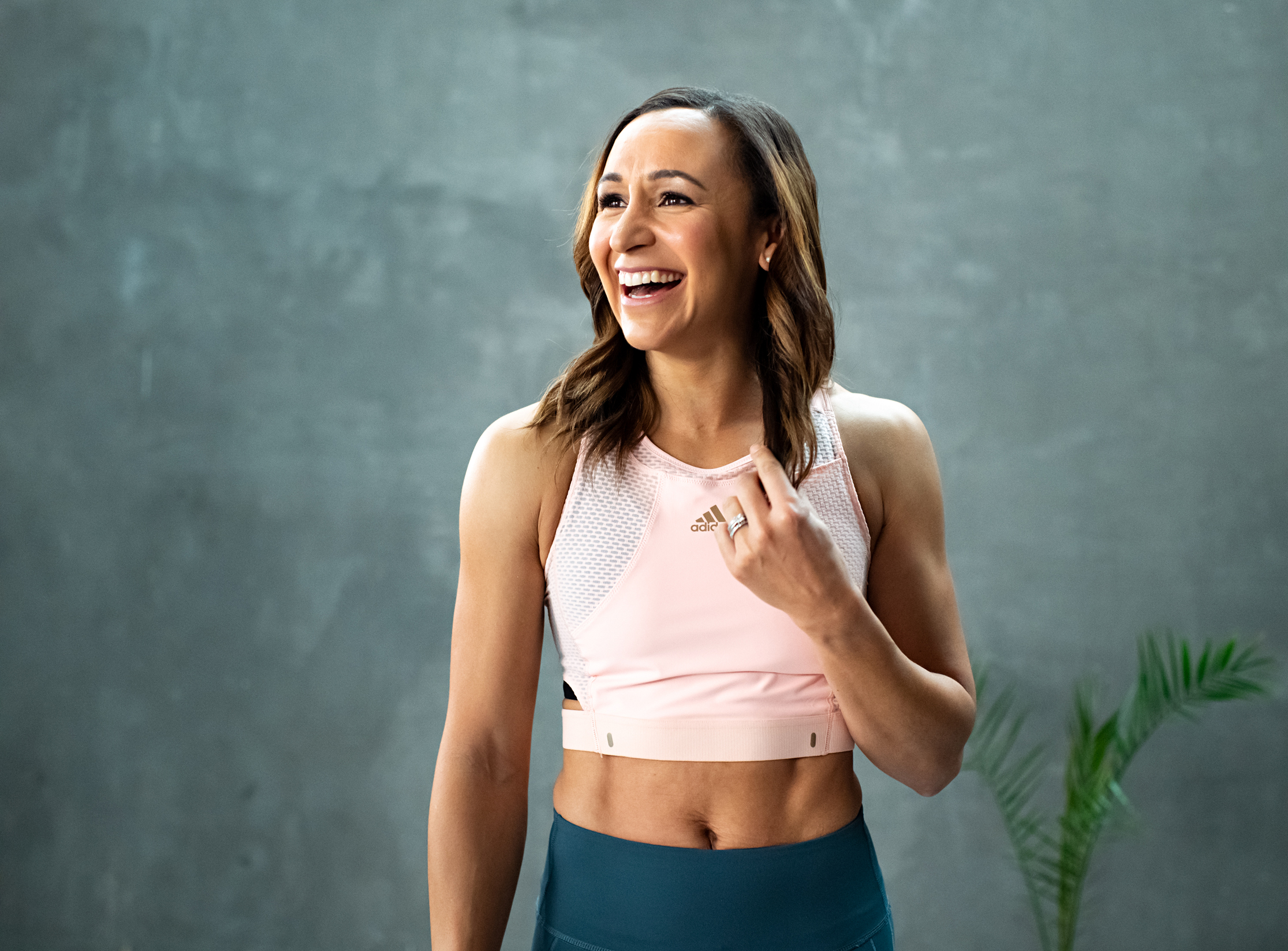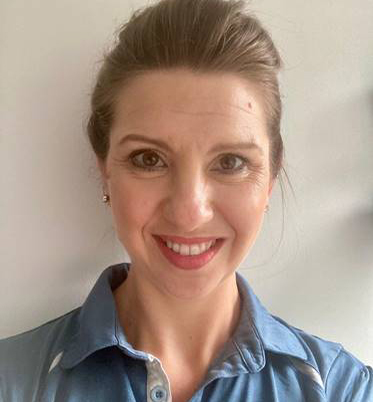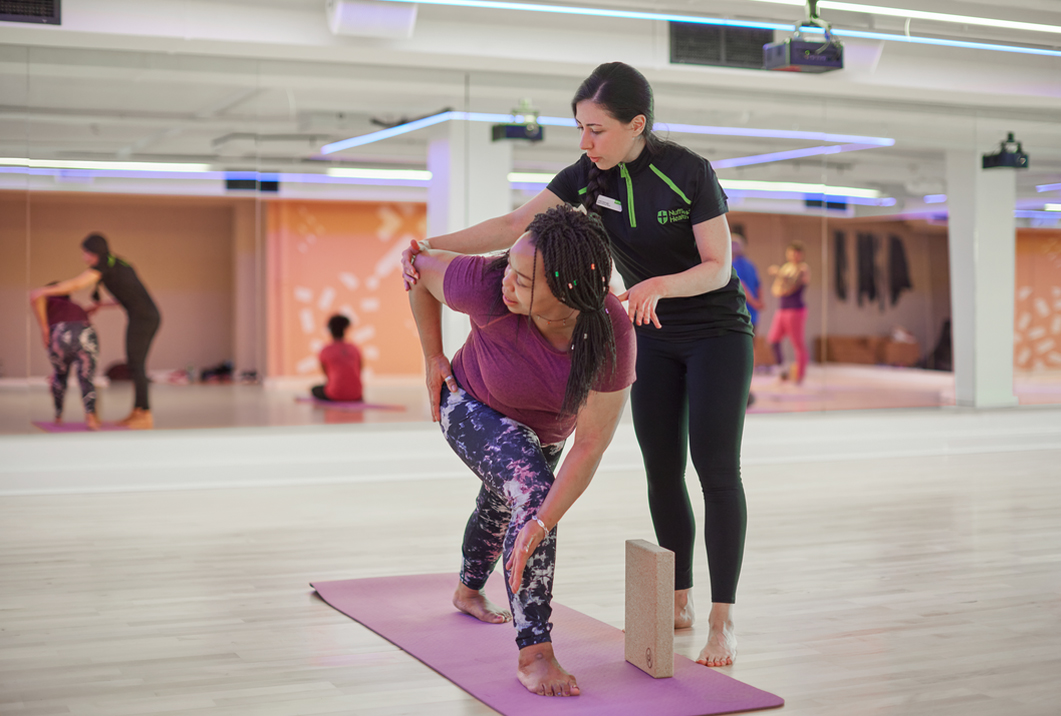• DAYS
Only 13 per cent of females report a 28-day cycle, the length of cycle commonly ranges from 21 to 35 days and even 40 days in some teenagers
• YEARS
The average woman spends 40 years of her life with a menstrual cycle, that adds up to 450 cycles
• THE CYCLE
The cycle is divided into four phases: i) menstruation ii) the follicular phase iii) ovulation iv) the combined luteal and pre-menstrual phase. Each month the body prepares for pregnancy and the fluctuating hormones signal the release of an egg, the thickening of the womb lining and the shedding of the lining if the egg is not fertilised. The shedding of the lining leads to bleeding from the vagina
• THE START
The first day of bleeding marks the first day of the menstruation cycle. This can be accompanied by abdominal cramps, headaches, back pain, mood changes and fatigue. Recovery from exercise might be reduced. Low intensity exercise such as yoga and Pilates is recommended
• POWER DAYS
The follicular phase is when eggs are produced in the ovaries. This is a great time to train, as the body has more potential for muscle adaptations and recovery is improved, motivation and energy will also be at their highest
• OVULATION
The ovulation phase is when the dominant egg is released for potential fertilisation: usually around day 14. This creates a slightly higher body temperature which can have a detrimental effect on exercise and endurance
• PROGESTERONE
If fertilisation doesn’t happen, the egg is shed and the body prepares for the next cycle. Higher levels of progesterone during this time lead to enhanced mood and lower anxiety. It also promotes sleep, meaning rest and recovery may feel easier
• PMT
When an egg isn’t fertilised the production of oestrogen and progesterone falls rapidly which can lead to irritability, anxiety and a desire for food. Restorative exercise can be good, as well as spacing meals to avoid blood sugar dips and avoiding caffeine and alcohol
• THINGS TO TRACK
When bleeding starts and ends, how heavy the flow is on each day, physical symptoms, quality of sleep, mental health fluctuations, temperature fluctuations, changes in cervical fluid, exercise performance








